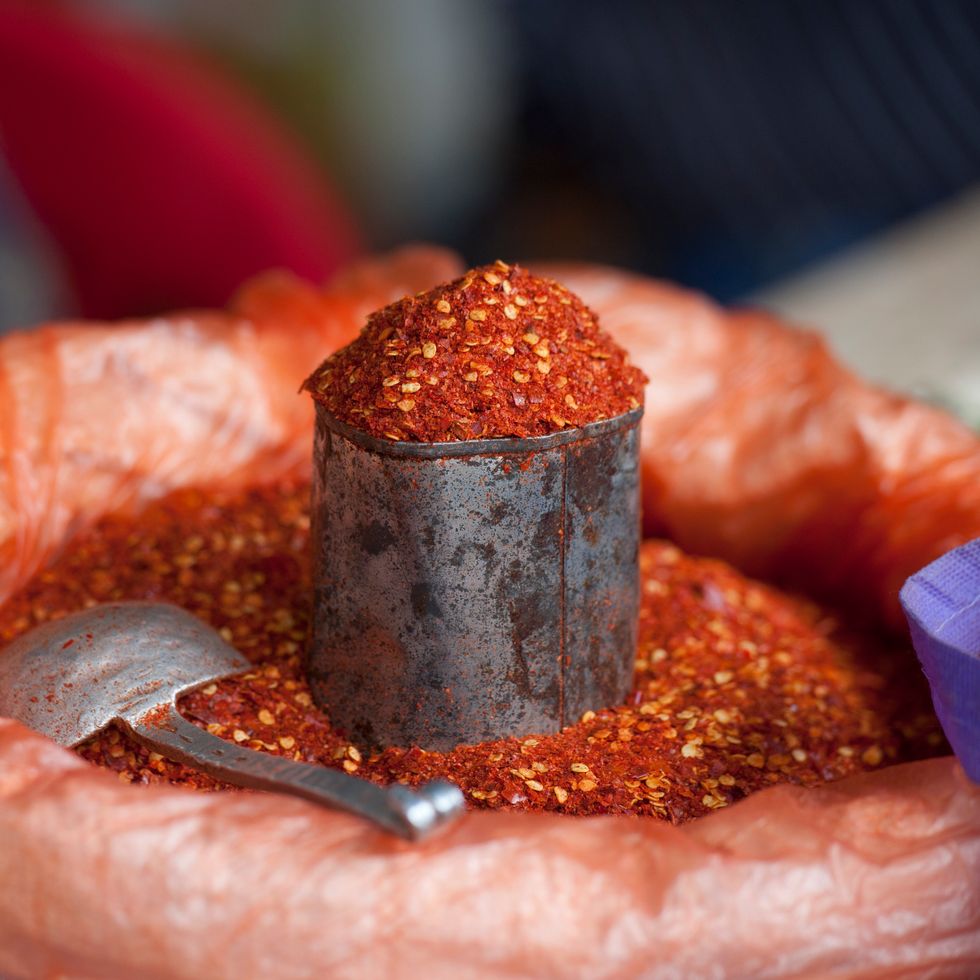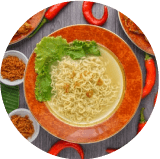
Pepic project started in 2013 and financed by the Ministry of Agriculture to trace the identikit of the “made in Italy” hot pepper and make it more and more excellent in quality, competitive in costs, effective for well-being and eco-sustainable.
From north to south, different varieties of chilli are grown. Now a supply chain project is studying its characteristics, to make them more "green" and beneficial for health
Task force of scientists, agronomists and growers to trace the identikit of the “made in Italy” hot pepper and make it increasingly excellent in quality, cost-competitive and effective for well-being. The project is called Pepic, it is funded by the ministry
of Agricultural Policies, began in 2013 and is now in the home straight. But the first results have already been disclosed. And the discoveries are really interesting and could concretely relaunch this product, of which we are good consumers but very bad producers, given that we depend on imports for about 70%.
An environmentally friendly cultivation
The researchers of seven operational units of Crea (Council for research in agriculture and the analysis of the agricultural economy) started from the observation that all the Italian varieties of chilli pepper belong to the Capsicum annuum species and that, over time, they have differentiated from genetic point of view from those from the Americas and Asia. By focusing on these characteristics and improving them, new genotypes of hot peppers have been obtained, which have many advantages: they are more suited to the conditions of Italian soils, techniques aimed at saving energy and water can be cultivated, and they are suitable for mechanical harvesting.
A natural nutraceutical
The project for the improvement of Italian peppers also concerned their nutraceutical value, i.e. the content of compounds that are important from a nutritional and sensorial point of view, such as capsaicinoids, carotenoids, tocopherols and volatile substances (pyrazines, esters, terpenoids). The most interesting component is capsaicin, which today is considered a "natural drug" capable of slowing down cell aging because it manages to mimic the same anti-oxidant effects on the body that are obtained with caloric restriction. It is not the only "deception" that capsacin plays in our body.
According to a recent study published in the "International Journal of Obesity", capsaicin cheats a series of neurons, reducing appetite and cravings for fatty foods. Therefore, seasoning foods with a touch of chilli also helps to reduce the sense of hunger and therefore becomes particularly useful when you want to keep an overly exuberant appetite at bay. But not only. Capsaicin also acts on cholesterol and triglycerides as revealed by a survey appeared in the "British Journal of Nutrition" which verified the values in the blood of some volunteers who, for four weeks, had seasoned the dishes with 30 grams of fresh chilli chopped.
And the winner is ...
By verifying the content in peppers grown in various parts of Italy, it was discovered that the most spicy (and, therefore, the richest in capsaicin and with greater beneficial properties) is the Calabrian cigarette genotype, the number one for capsaicinoid content with 52000-85000 degrees Scoville in the fresh freeze-dried and 38000-86000 in the dried one. Which places it in about half of the ranking of the hottest peppers, above that of Cayenna but below the various Habanera and well away from the unattainable Carolina Reaper, who leads the scale with 1.5 million Scoville degrees. if you overdo it with hot pepper? No breadcrumbs or cold water: the most effective remedy is to focus on foods that contain casein, such as cheese, milk and yogurt.







